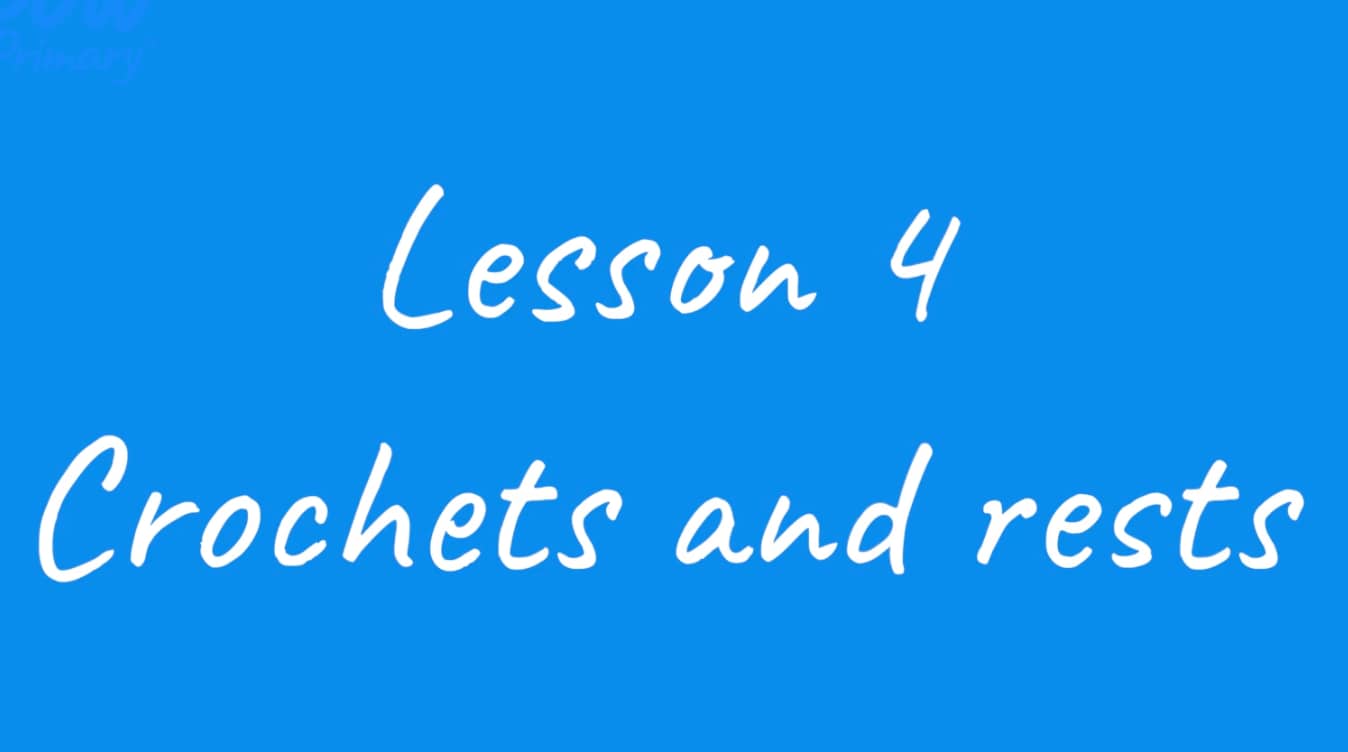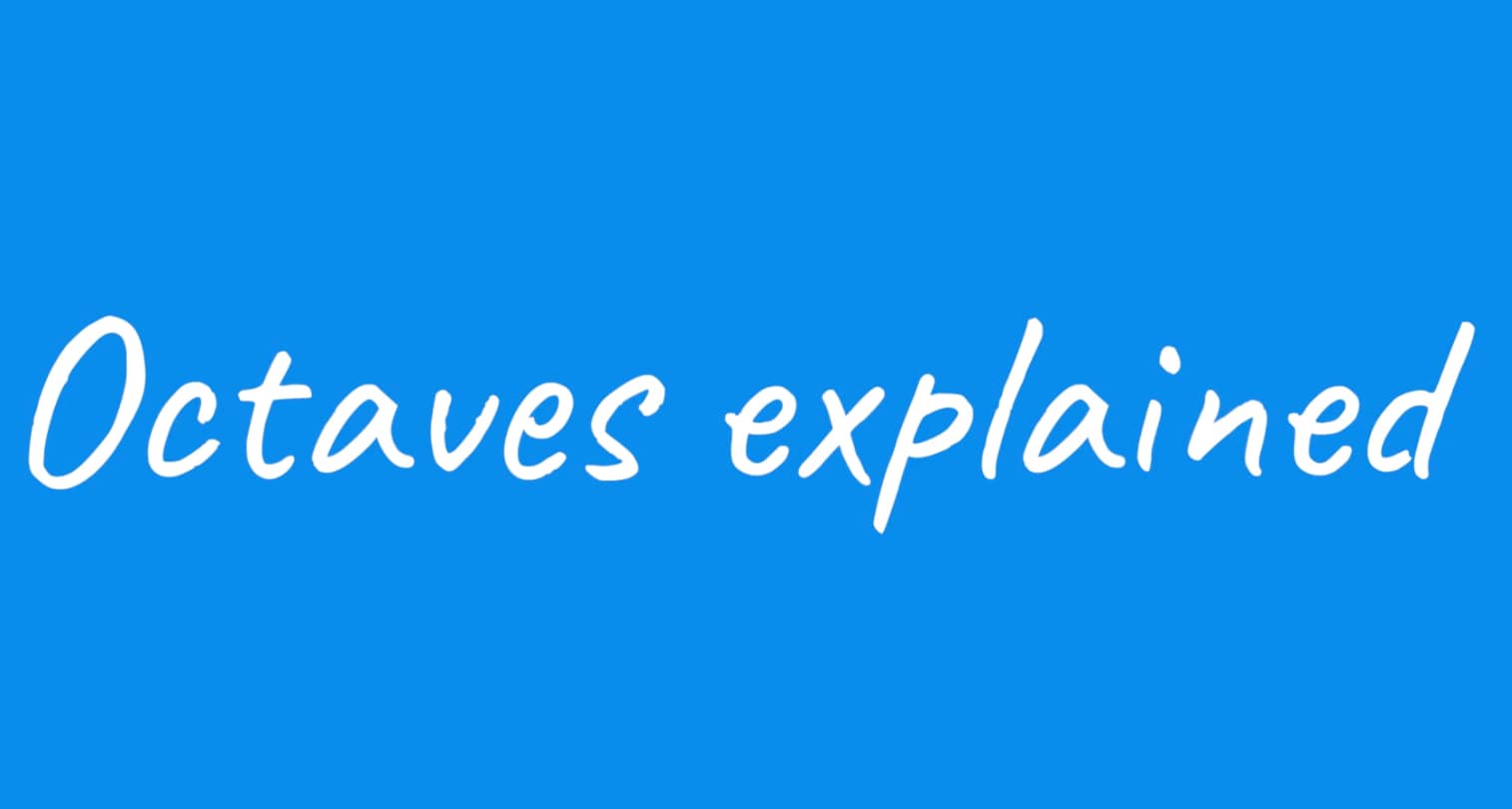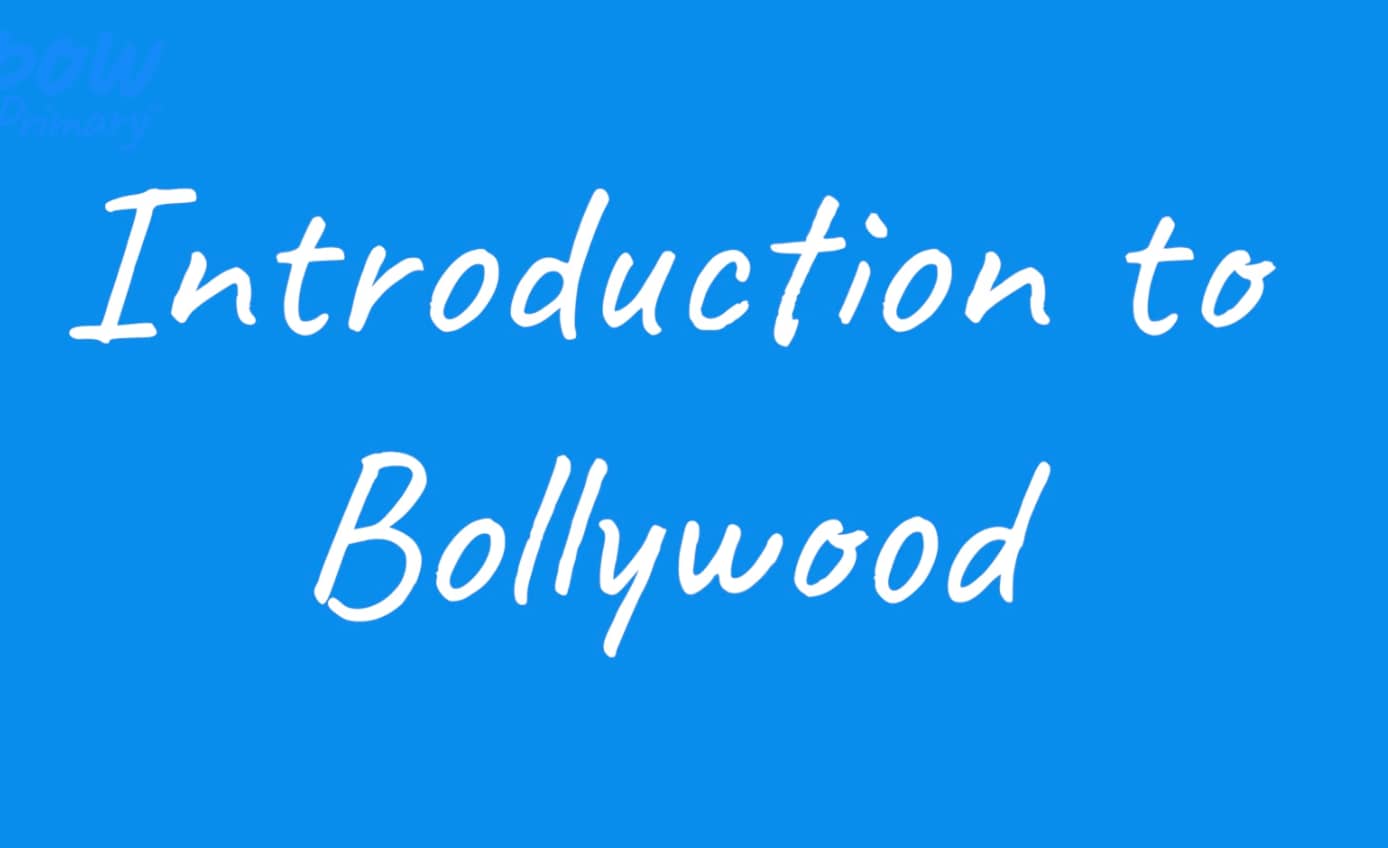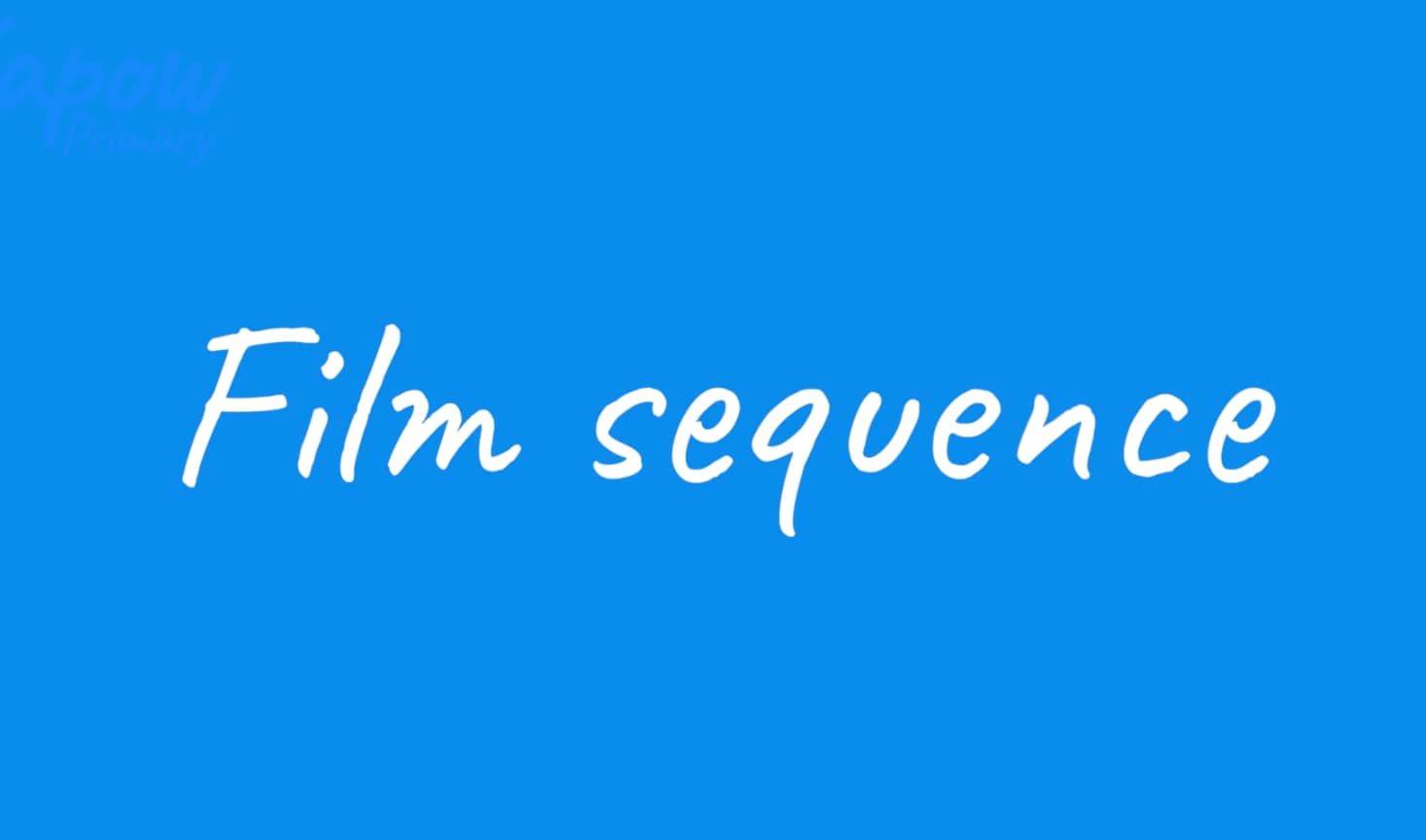This Music video introduces teachers to exploring the concept of timbre and applying it to the Gamelan-inspired piece, Blue Sky. Pupils will investigate the sounds of untuned percussion instruments, learn how timbre creates contrast with tuned percussion, and describe the qualities of different sounds before adding them into their class performance.
year: Year 6
Teacher video: Crotchets
This Music video introduces teachers to combining singing and rhythmic ostinato patterns as part of the South Africa unit. Pupils will warm up with call and response gumboot rhythms and swooping vocal sounds before focusing on good singing technique.
Teacher skills video: Pitch and clef
This Music video introduces teachers to how pitch is represented on the staff notation stave. It explains how notes are positioned on lines and in spaces, introduces treble and bass clefs, and demonstrates how ledger lines extend the stave for higher or lower pitches.
Pupil video: Explaining octaves
Teacher video: Introduction to Bollywood
This Music video introduces teachers to the start of the Year 5 unit on Indian music. The opening lesson provides an introduction to Bollywood, beginning with a listening task and a short exploration of the history and features of Bollywood films.
Teacher video: Cityscape
This Music video introduces teachers to the use of ambient sounds in film music and shows how pupils can create their own soundscapes to enhance the Indian Fantasy piece. It explains how ambient sounds and sound effects are used in film scores to reflect what is happening on screen, with examples such as train and moped sounds in Jai Ho from Slumdog Millionaire.
Teacher video: Indian fantasy
This Music video introduces teachers to the lead part of Indian Fantasy, supporting pupils in using their knowledge of staff notation and performance directions. The video shows how children can decode the three main tunes by working through the notes, singing them, and then applying this knowledge to their instruments.
Teacher video: Harmony
This Music video introduces teachers to the harmony parts for the Indian Fantasy piece, building on pupils’ knowledge of staff notation and the lead melody they learned in lesson three. The video demonstrates how pupils can work out the pitches for tuned percussion parts one and two, with part two being easier and part one more challenging. Suggestions are given for grouping pupils by ability and for managing instrument sharing when the parts overlap.
Teacher video: Film sequence
This Music video introduces teachers to the final lesson in the Indian music topic, where pupils combine music, visual images, and movement to create a short film sequence. Using the provided video guide track with accompanying images of Indian street scenes, pupils perform their own musical ideas and add movement, building confidence in creative expression.









